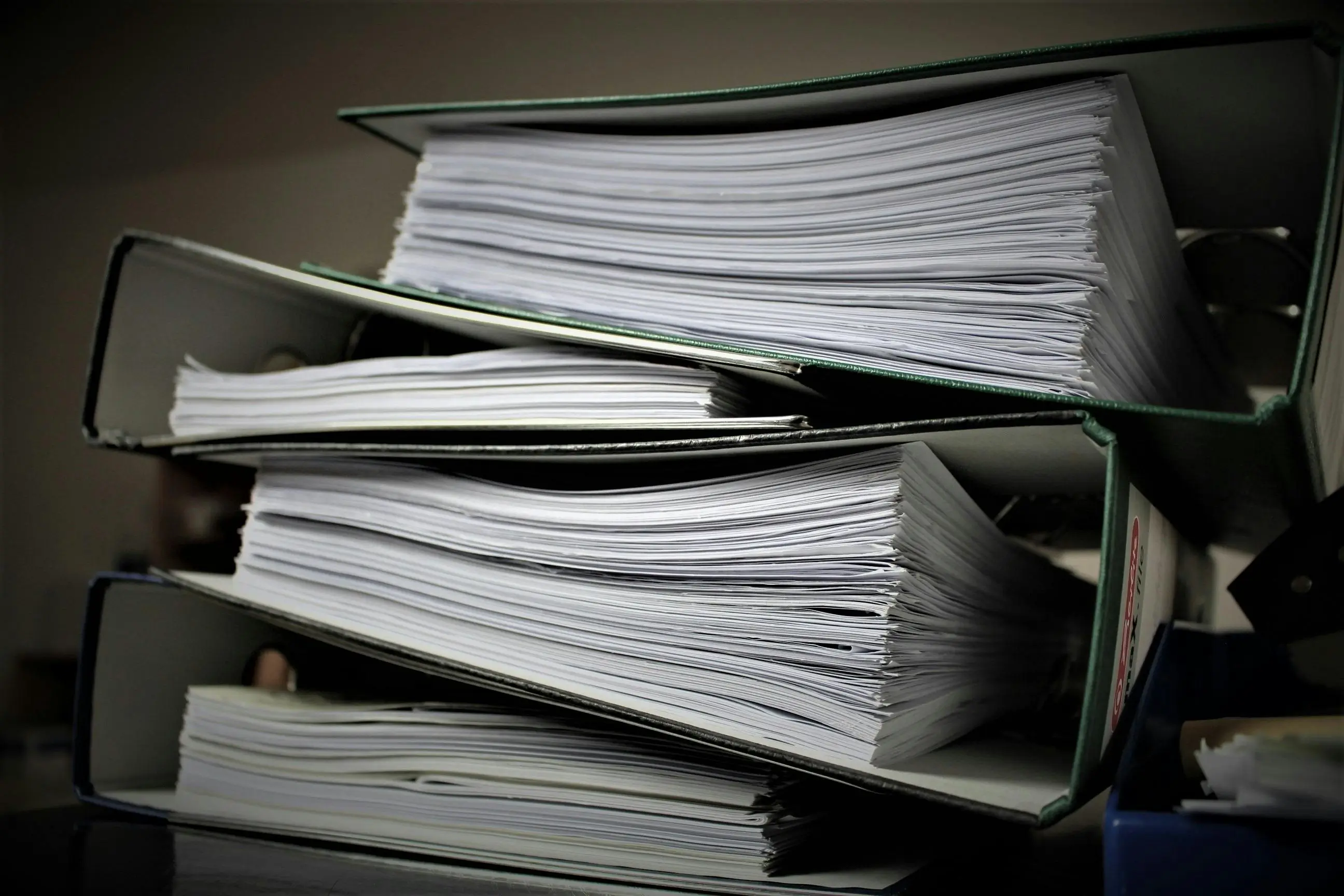In today’s global economy, where international trade plays a vital role for many businesses, navigating customs compliance is more critical than ever. While the landscape of trade continues to change, one thing remains constant: being customs compliant is non-negotiable.
Governments worldwide are increasing their focus on enforcement at the border, making it essential for importers and exporters to stay informed. Pressing questions often arise, such as: What duties or tariffs apply to my shipment? What permits are required? Is this item prohibited? Do I qualify for any Free Trade Agreements?
Navigating these requirements can be complex and challenging, and getting it right is essential.
What Is Customs Compliance?
Put simply, customs compliance refers to the rules and trade regulations one must follow when moving goods across borders. It is more than just a bureaucratic checkbox; it is the foundation of international trade.
If you cannot get customs compliance right, then you essentially cannot trade. All goods must go through border checks, where officials monitor and ensure everything is in order, from the correct documentation to the right product classifications.
Although it may seem overwhelming, customs compliance is necessary as it ensures that what enters a destination is safe, fair, environmentally friendly, and meets the standards set by that country.
Why Is Customs Compliance So Frustrating?
Here’s the challenge: Every country is different when it comes to customs compliance. Each country has its own set of trade regulations, and these rules can change quickly, making it challenging to keep up to date.
Things get even trickier with technological goods, which are classified as dual-use goods. These goods can serve both civilian and militant purposes. Tech goods such as AI chips and servers fall into this category. Due to the security implications associated with importing tech, additional export controls and stricter document controls are needed.
One incorrect detail, whether in the Harmonised Systen Code (HS code), incorrect labeling, or an error in a document, will lead to your shipment being stopped at the border.
%20(1).webp)
Imagine This: You are on a tight schedule, and you have spent days sourcing what you thought were the correct documents and filling in a pile of paperwork, only for your goods to be flagged at customs due to one missing document.
This not only delays your supply chain, but financial penalties may also be imposed. Having an Importer of Record to manage your compliance is, therefore, essential and will lead to smooth sailing for your shipments.
In recent years, there has been an increasing emphasis on the importance of customs controls for non-financial purposes such as product compliance and safety, security, health, and environmental protection – European Union Commission
What Does Customs Compliance Involve?
As mentioned, every country has different import/export regulations, each requiring unique documents, rules, and trade regulations. However, the five key import documents that you will most likely need include:
- Commercial Invoice
- Bill of Lading
- Certificate of Conformity
- Country of Origin Certificate
- Airwaybill
All of these play a vital role in customs compliance.
.webp)
What Are Customs Compliance Inspections?
While documentation and paperwork are a key component of customs compliance, it doesn’t just end there. Customs inspections are a critical step to ensuring everything is in order when technology crosses the border.
Customs authorities may conduct these inspections, which are a deeper check to ensure that your paperwork and your goods are aligned. This extra layer of control is particularly likely for high-risk, highly sensitive, and high-value goods such as tech equipment.
Customs inspections generally fall into four categories:
Document Inspection
This inspection focuses on examining the paperwork accompanying the goods being imported.
Physical Inspection
This involves physically opening the containers and inspecting the goods inside, verifying the goods, and ensuring they are compliant.
Non-Intrusive Inspection
X-ray machines are used to inspect the goods without physically opening the boxes.
Selective Inspection
Selective inspection is a randomized process focused on high-risk goods. Its goal is to enhance efficiency by prioritizing the inspection of items with a greater likelihood of non-compliance or safety issues.
From here, if all is in order, the shipments will be successfully cleared by customs.
What Do Customs Inspections Look For?
During customs inspections, there are three primary things that customs officers are usually looking out for:
- Do the documents match the goods?
- Are there any restricted or dangerous items?
- Are there any violations of local trade regulations?
If any issues are detected, the goods will be held at customs, which is a costly and stressful situation.
What if My Goods Are Held at Customs?
We want to avoid this situation. While your goods are held at customs, the clock ticks, storage fees pile up, and your supply chain suffers – a situation you want to avoid.
If your goods get stuck at customs, swift action is essential. An Importer of Record is often needed to resolve these stuck shipments and get things back on track.
The TecEx team can step in to help navigate the local trade regulations, resolve documentation issues, and work toward releasing your goods as efficiently as possible.
Let’s Talk About Your Tech and Customs Compliance
If you are shipping tech globally, customs compliance is not optional but is critical.
With growing international scrutiny, especially around dual-use goods, failing to meet customs compliance is not something you want to risk.
TecEx is the customs compliance expert, and the bottom line is that expertise matters when it comes to compliance.
Manage your risk and control your efficiency.



